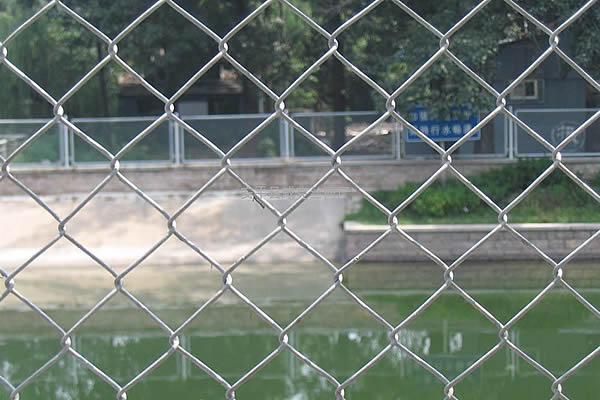 TEL:
+86-13102802206
TEL:
+86-13102802206
 Email:
fencenetting@china.com
Email:
fencenetting@china.com
 Language
Language
 TEL:
+86-13102802206
TEL:
+86-13102802206
 Email:
fencenetting@china.com
Email:
fencenetting@china.com
 Language
Language


MIG Welding Cast Iron with Stainless Steel Wire
MIG (Metal Inert Gas) welding, also known as Gas Metal Arc Welding (GMAW), is a widely used welding process that offers versatility and efficiency for joining various types of metals. One of the less conventional applications of MIG welding is the joining of cast iron using stainless steel wire. This technique can be highly effective, but it requires understanding both the materials involved and the specific techniques that optimize the welding process.
Understanding Cast Iron and Stainless Steel
Cast iron is a group of iron-carbon alloys with a carbon content greater than 2%. Known for its excellent castability and machinability, cast iron is commonly used in applications such as engine blocks, pipes, and machinery parts. However, it has a relatively high carbon content, which can make it more brittle and susceptible to cracking when welded.
Stainless steel, on the other hand, is known for its corrosion resistance and strength. It contains a minimum of 10.5% chromium and often includes nickel and other elements. The mechanical properties and resistance to oxidation and corrosion make stainless steel a popular choice for a variety of applications, including food processing and medical equipment.
The Need for Fusion
Welding cast iron with stainless steel wire can provide some distinct advantages. For example, the weld can have greater tensile strength and enhanced corrosion resistance compared to traditional cast iron welds. However, challenges such as thermal expansion, brittleness, and the differences in mechanical properties between cast iron and stainless steel must be carefully managed.
Pre-Welding Preparation
Before welding, thorough preparation is vital. Steps include cleaning the mating surfaces to remove grime, oil, paint, and rust, which can interfere with the welding process. Additionally, preheating the cast iron component can minimize thermal shock and reduce the likelihood of cracking. Typically, preheating should be done to a temperature of around 300 to 500°F (150 to 260°C), depending on the specific cast iron alloy being welded.

Selecting Equipment and Wire
When MIG welding cast iron with stainless steel wire, it is crucial to select the right equipment and filler materials. A good choice of stainless steel wire is ER308L, which is often used for welding stainless steel and provides good ductility and corrosion resistance. A mixture of argon and CO2 is generally used as a shielding gas, as this combination provides better arc stability and reduces spatter.
Welding Technique
The welding technique employed can significantly affect the quality of the weld. A stringer bead technique can be beneficial for cast iron welding, as it allows for better penetration and minimizes heat input. This is essential, as excessive heat can lead to deformation and cracking in the cast iron. It is advisable to use a lower wire feed speed and travel speed to control the heat input and ensure a well-fused weld.
Post-Welding Considerations
Once welding is complete, post-weld treatment is essential to enhance the durability of the welded area. Allowing the weld to cool slowly can minimize stresses and reduce the risk of cracking. Post-weld heat treatment may also be necessary, especially for critical applications, as it can help relieve stress in the joint.
Additionally, inspecting the weld for any defects such as porosity or cracks is crucial. Non-destructive testing methods, such as dye penetrant testing or ultrasonic testing, can be employed to ensure the integrity of the weld.
Conclusion
MIG welding cast iron with stainless steel wire can be an effective way to enhance the properties of a weld while addressing common issues associated with cast iron. However, careful preparation, technique, and post-weld treatment are essential to achieve successful results. Mastering this technique not only expands the capabilities of welders but also opens new avenues for engineering applications where durability and corrosion resistance are paramount. With continued practice and understanding, welders can effectively use this approach to create strong and resilient joints in cast iron components.